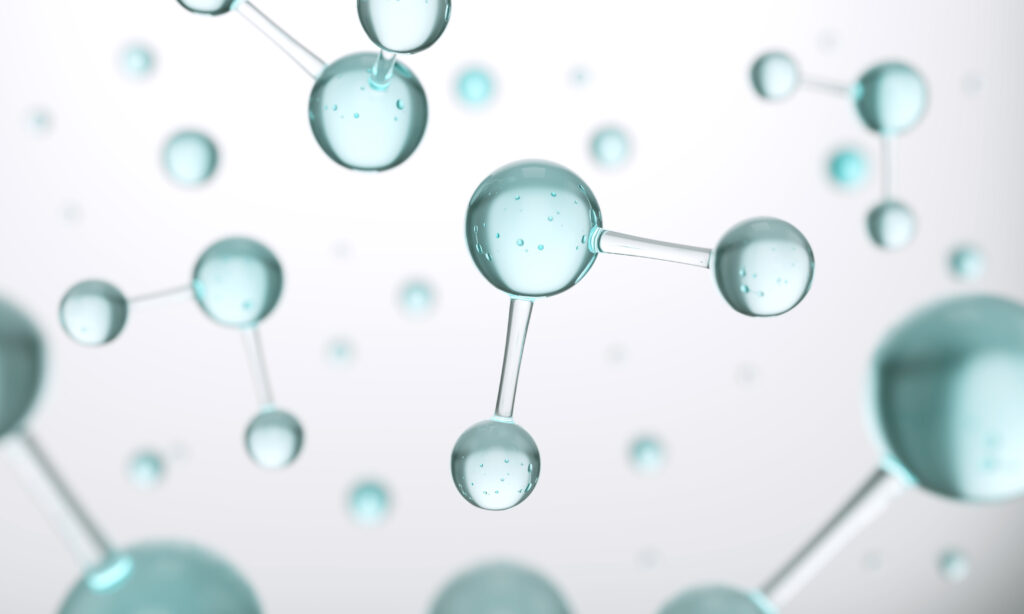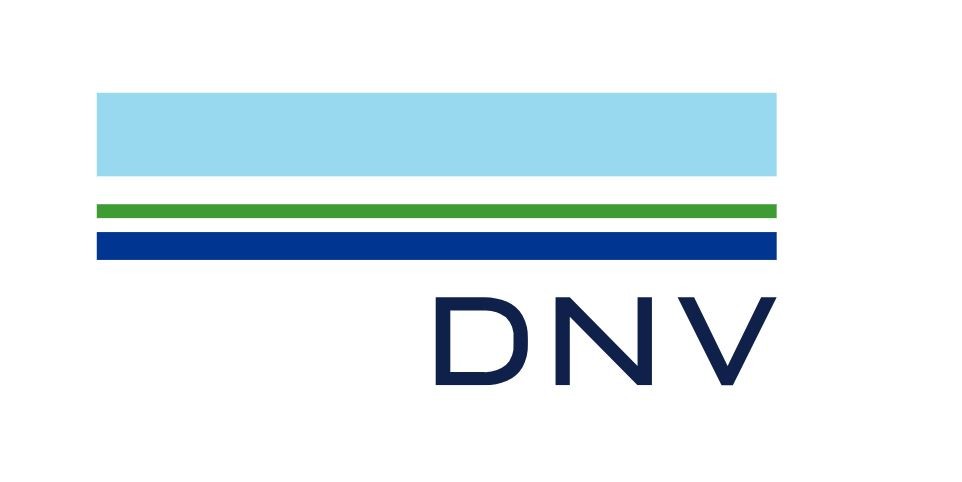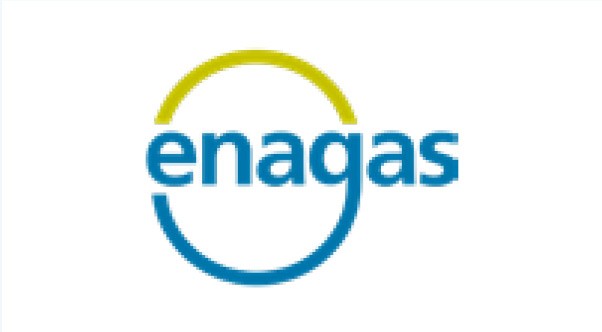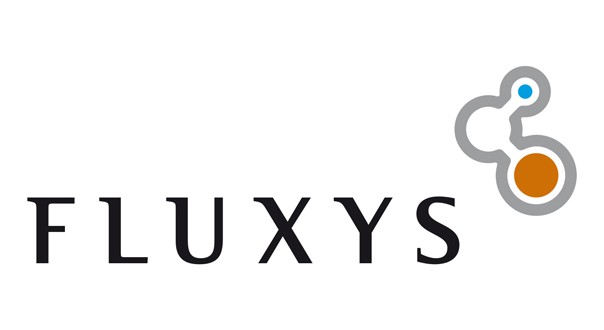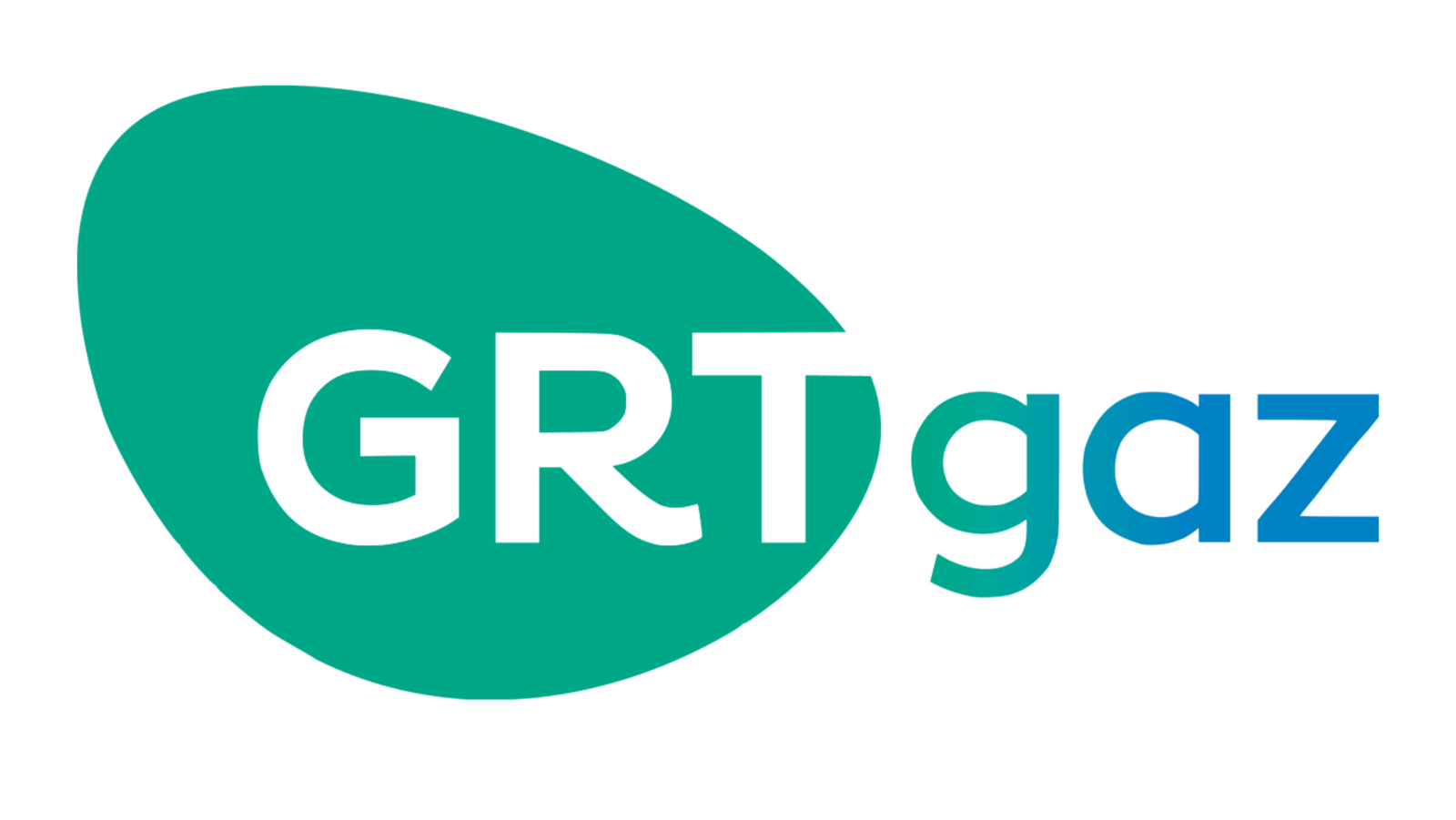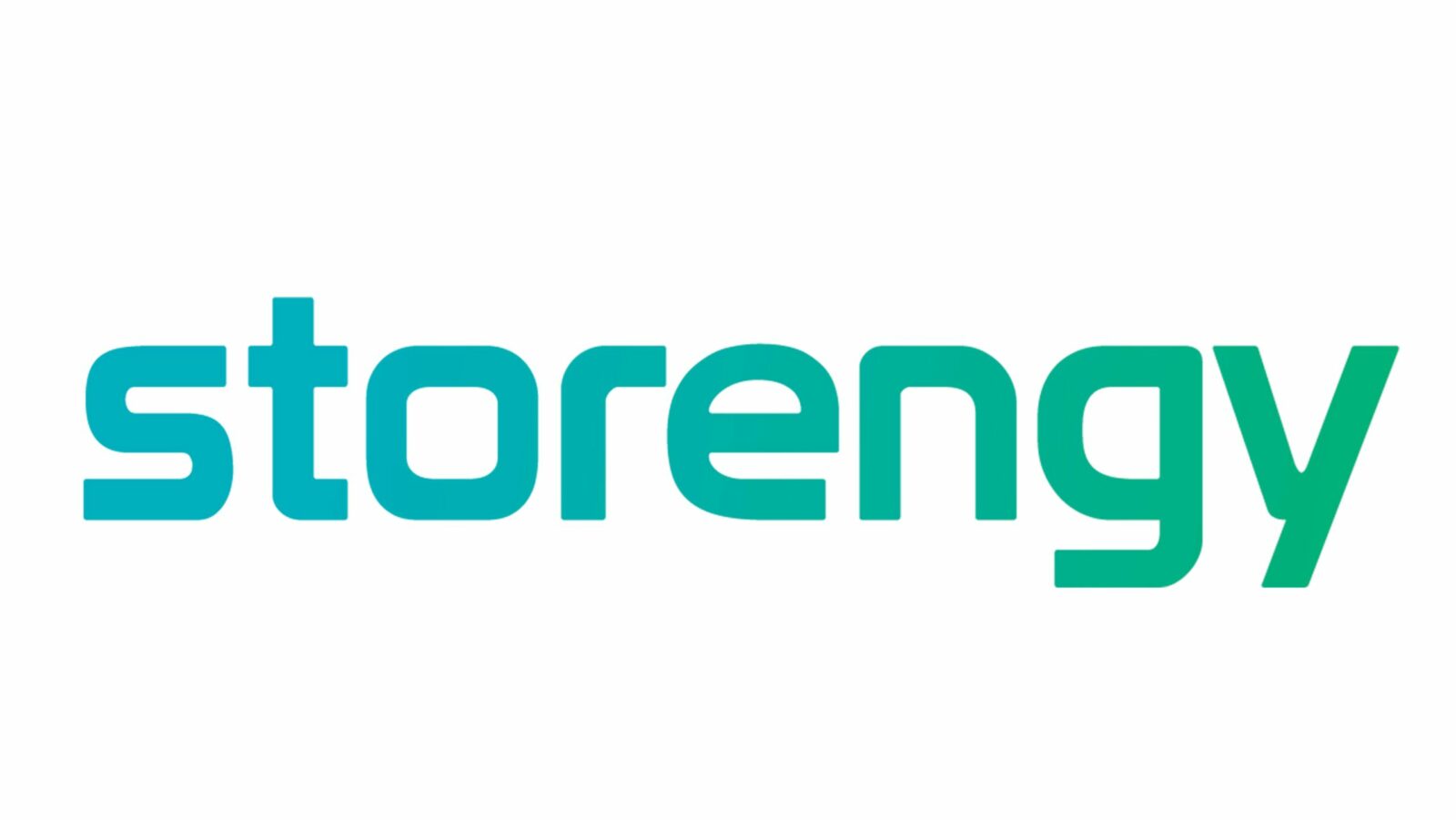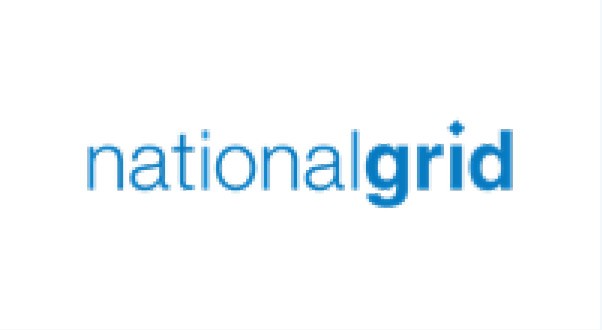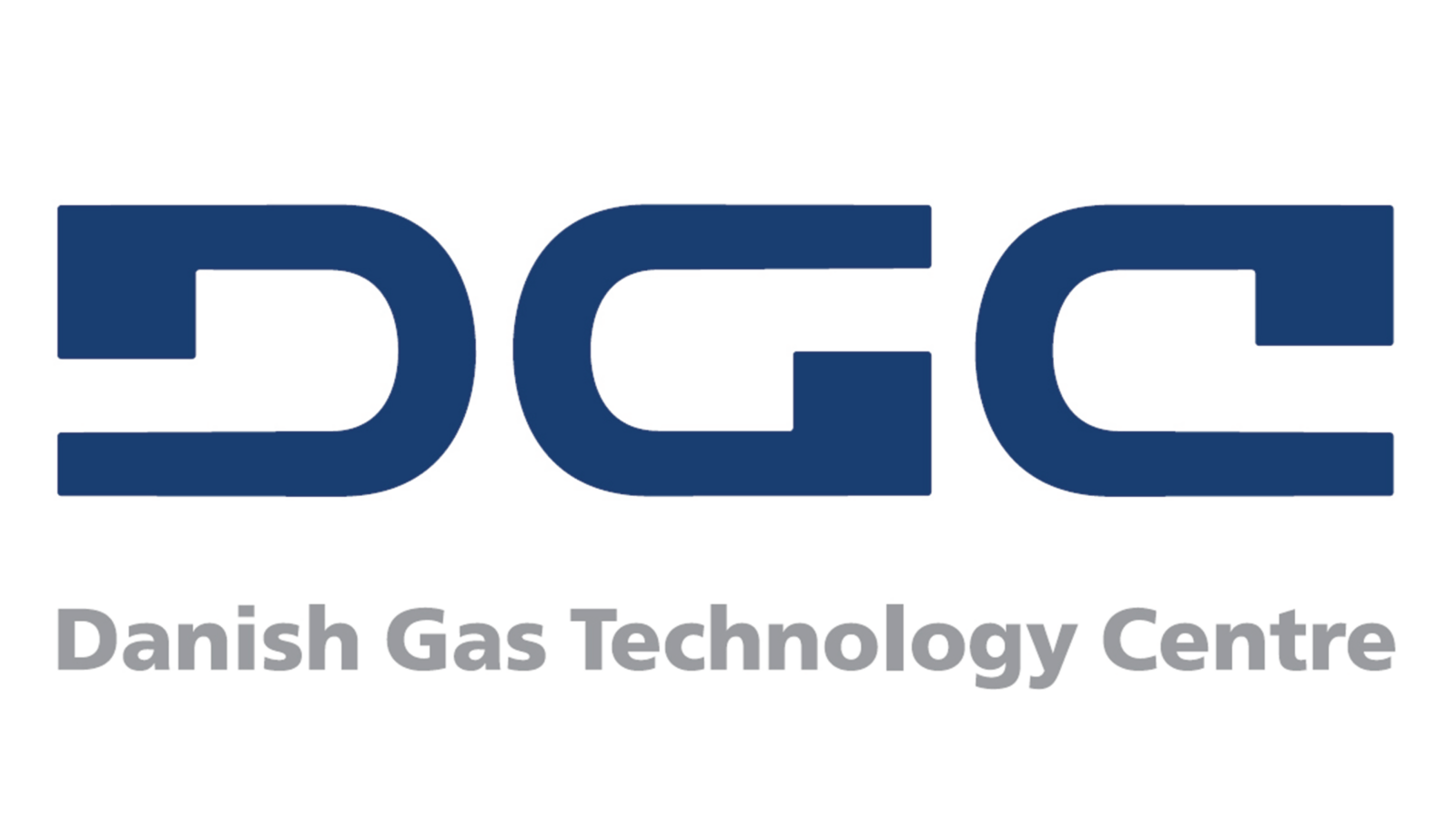Hydrogen plays an important role in the energy transition and has an impact on production, transmission, storage, utilization up to district heating and the integration of electric and gas transmission systems. By converting the electric energy into hydrogen, it can be easily transported with (and stored in) parts of the existing natural gas transmission network.
However, it is well known that hydrogen only contains roughly 1/3 of the energy of natural gas per unit of volume. Currently, there is no authoritative documentation about the differences in the capacity for energy of the existing grid when hydrogen is transmitted instead of natural gas. Thus, with the intention of determining and documenting the impact of using an existing natural gas transmission network for transporting hydrogen with the same energy capacity as for natural gas, this project was launched within GERG beginning 2022. Specifically, the team investigated issues related to the increase in flow or gas velocity to compensate for the mentioned lower energy value per cubic meter.
The scope of the project focused on gas transmission pipelines with a design pressure ≥ 4bar, but also aimed to cover a wide range of network conditions: distribution (4-30 bar), transmission (40-80 bar) and storage (120-250 bar). The stations involved in the assessment are valve stations, pressure reducing stations and metering stations in the transmission networks. The impact of the increased velocity was assessed for mixed H2NG scenarios’ 5%, 10%, 20% and 100% H2, to cover various levels of blends, as well as a full conversion towards 100% hydrogen. Furthermore, the study took as reference three different compositions of natural gas (e.g. LNG, biomethane) with the purpose of comparing different values of calorific value currently transported in the gas network and the implications when adding hydrogen for each case. The temperature was fixed on 10 degrees Celsius.
The project finished by the end of 2022, with constant updates towards the Steering Committee composed of GERG and the project partners: DNV, Gasunie, Fluxys, Enagás, GRTgaz, Storengy, DGC and National Grid. DNV produced a final report for distribution among participating members after some reviews and feedback, and a public version for publication on the GERG-website is now available (scroll down to find it).
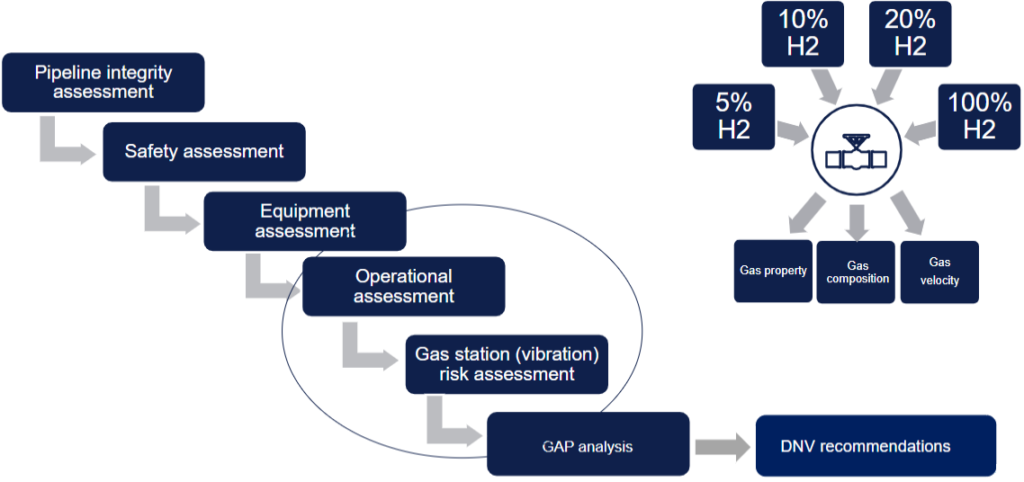
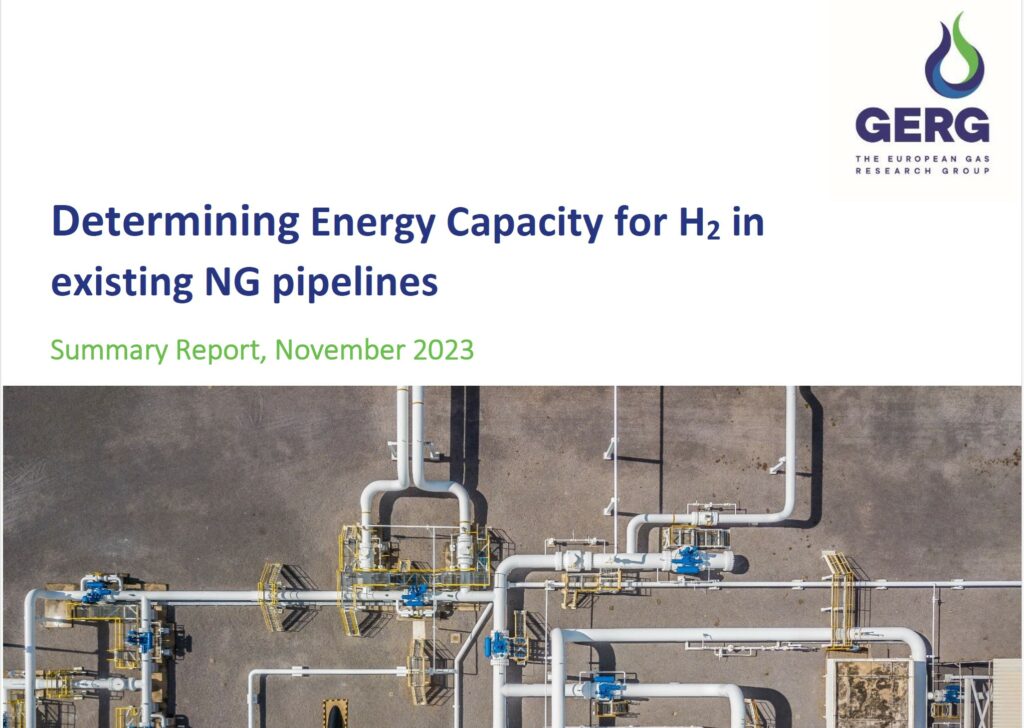
Access summary report here: publishable summary

